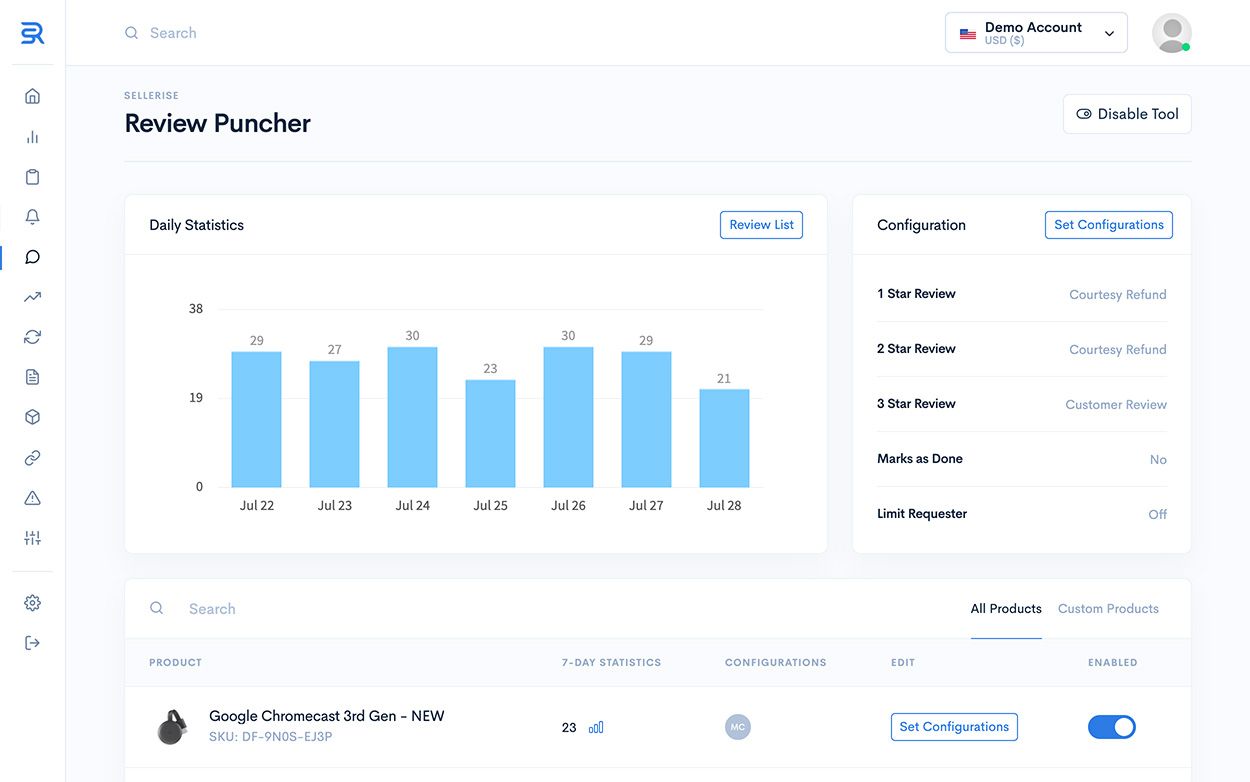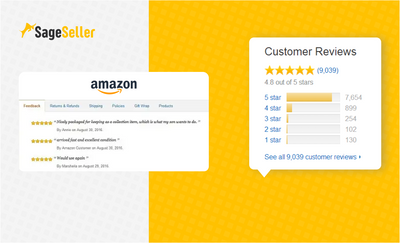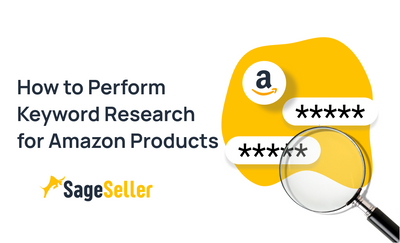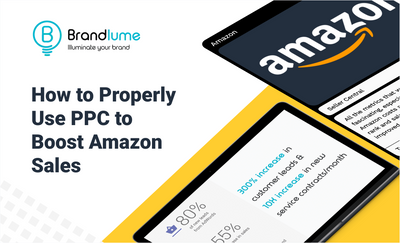As an Amazon seller, it can be disheartening to receive negative reviews for your products. However, it's important to remember that these reviews provide valuable feedback that can help you improve your business. While it can be tempting to ignore negative reviews or even get defensive, reaching out to customers who have left negative feedback can be an effective way to address their concerns and improve your brand's reputation.
Why contact customers who leave negative reviews?
- It shows that you care about your customers When you take the time to respond to negative reviews, it shows your customers that you care about their experience and are committed to providing quality products and customer service. This can help to build trust and loyalty with your customer base.
- It can help to resolve issues Many negative reviews are a result of customers experiencing problems with a product or service. By reaching out to these customers, you can gain valuable insights into the issues they faced and work to address them. This can help to prevent similar problems from occurring in the future.
- It can help to improve your products and services By listening to customer feedback, you can identify areas for improvement in your products and services. This can help you to refine your offerings and better meet the needs of your target audience.
How to contact customers who leave negative reviews
- Respond to the review publicly. One of the first steps you can take when responding to a negative review is to leave a public comment on the review. This can show other customers that you are actively working to address the issue and can also provide some context for the customer's concerns.
- Reach out privately. In addition to responding publicly, it's also a good idea to reach out to the customer privately. This can be done through Amazon's messaging system or through other contact methods provided by the customer. When reaching out privately, it's important to be respectful and professional. Avoid getting defensive or confrontational, as this can further escalate the situation.
- Offer a solution. When reaching out to customers who have left negative reviews, it's important to offer a solution that addresses their concerns. This could include offering a replacement product, a refund, or a discount on a future purchase. By offering a solution, you can show the customer that you are committed to resolving the issue and can also help to rebuild trust and loyalty.
- Follow up. After offering a solution, it's important to follow up with the customer to ensure that they are satisfied with the resolution. This can help to prevent similar issues from occurring in the future and can also help to build a positive relationship with the customer.
Use automated tools
One tool that can streamline the process of contacting buyers who leave negative reviews is Review Puncher from SellerRise. This tool automatically sends personalized messages to customers who have left negative reviews, giving sellers the opportunity to address their concerns and potentially resolve the issue. By automating this process, sellers can save time and improve their customer service efforts.
- Saves time: An automated tool can save sellers a significant amount of time by streamlining the process of contacting buyers who leave negative reviews. This allows sellers to focus on other aspects of their business, such as improving their products and services.
- Increases response rate: Automated tools can send timely, personalized messages to buyers who have left negative reviews, increasing the likelihood of a response. This gives sellers the opportunity to address the buyer's concerns and potentially resolve the issue.
- Ensures consistency: Automated tools ensure that every buyer who leaves a negative review receives a consistent message from the seller. This helps maintain a professional image and shows that the seller takes customer service seriously.
- Provides data insights: Some automated tools provide data insights into buyer feedback, allowing sellers to identify trends and areas for improvement. This information can help sellers make data-driven decisions to improve their products and services.

Tips for contacting customers who leave negative reviews
- Be timely. When responding to negative reviews, it's important to do so in a timely manner. This shows that you are actively engaged with your customers and are committed to providing a high level of customer service.
- Be empathetic. When reaching out to customers who have left negative reviews, it's important to be empathetic and understanding. Acknowledge the customer's concerns and show that you are committed to addressing them.
- Be professional. When responding to negative reviews, it's important to maintain a professional tone. Avoid getting defensive or confrontational, as this can further escalate the situation.
- Use feedback to improve. Finally, it's important to use customer feedback to improve your business. Take the time to analyze the feedback you receive and look for patterns or trends that can help you to refine your products and services.
Conclusion
While receiving negative reviews can be discouraging, it's important to view them as an opportunity to improve your business. By reaching out to customers who have left negative feedback, you can show that you care about their experience and are committed to providing quality products and customer service. By offering solutions and following up, you can also






